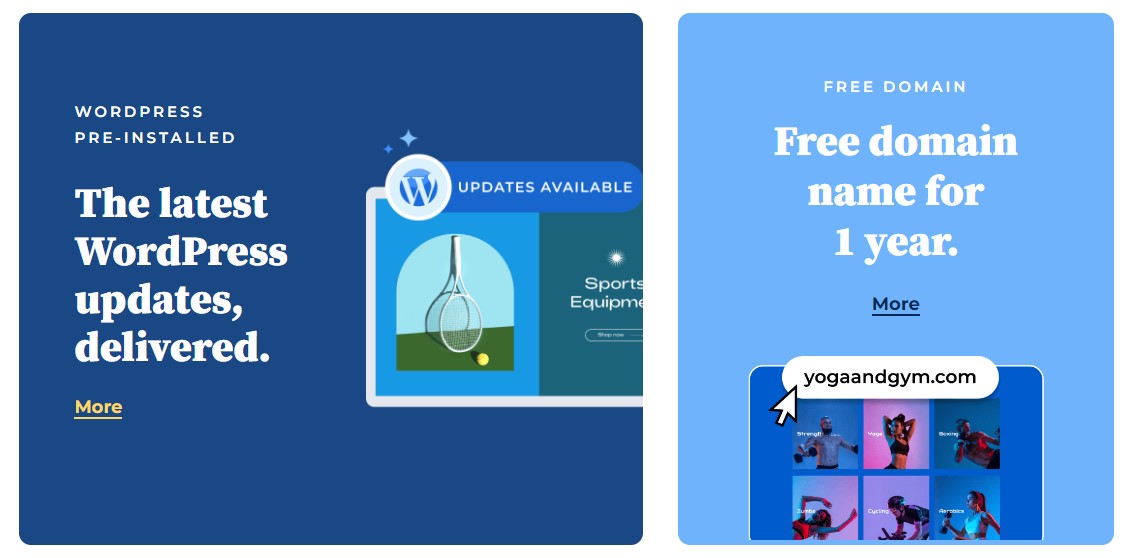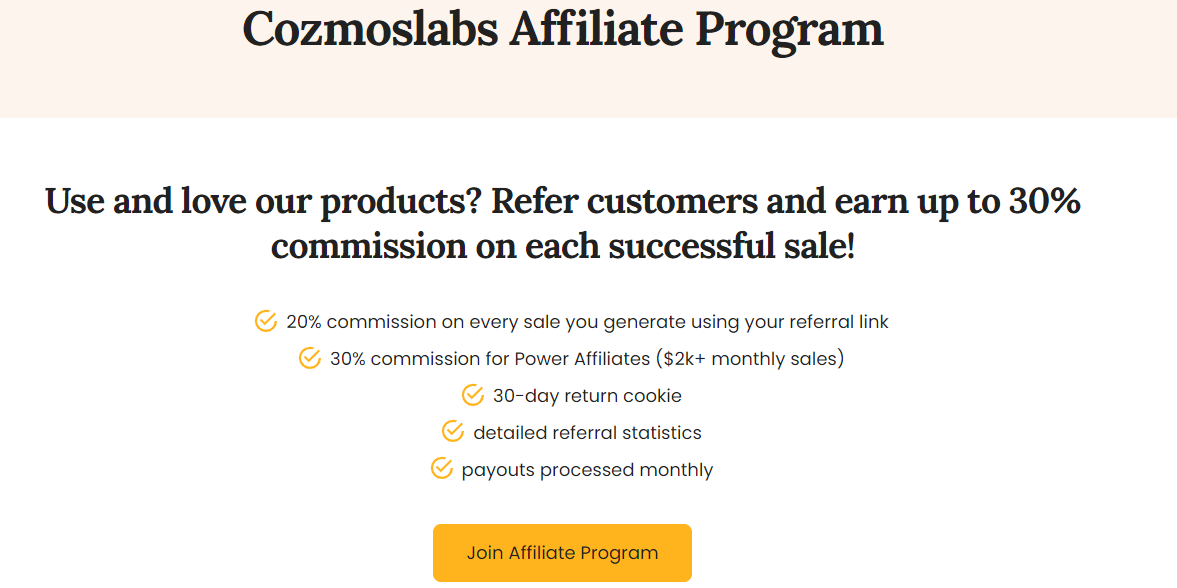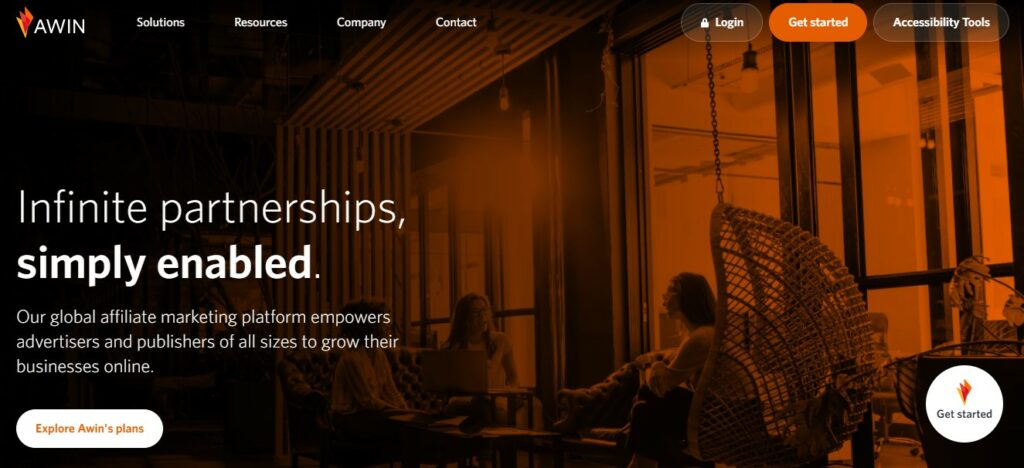If you’re looking for a side hustle or want to create a passive income stream, affiliate marketing can be a good option. This involves promoting products by other companies, which can lead to commissions on sales and leads. But to get started, you’ll need to set up a website.
Thanks to WordPress, creating a website for affiliate marketing can be quite straightforward. Once your site is up and running, you can join different affiliate programs and add product links to your content. Plus, there are several ways to promote third-party products and thus increase your revenue.
In this post, we’ll show you how to start a website for affiliate marketing. We’ll also share some tips to help you make more sales. Let’s dive right in!
How to Build a Website for Affiliate Marketing (In 5 Steps)
If you have a creative skill, like writing or photography, you can monetize it with affiliate marketing. For example, you might write informative posts or create high-quality photos or videos that promote third-party products.
To do this, you’ll need a website. While many content creators rely solely on social media to sell products, a professional site can help you gain visibility in search engine results and therefore boost your revenue.
With that in mind, let’s look at how to make a website for affiliate marketing.
1. Choose a Niche
Before you make an affiliate website, you’ll want to choose a niche. This will help you build authority in a particular area and find the right affiliate programs to join.
A niche will also enable you to target people with particular interests and needs. Therefore, anyone who visits your website will be more likely to purchase the products you promote if they appeal to them.
You can start with a broad niche, like travel and lifestyle, and narrow it down to a specific interest, like responsible travel or zero-waste living.
Ideally, your chosen niche should be something that you’re passionate about. Otherwise, you’ll likely get bored writing about it and lose interest in your site.
2. Set Up WordPress and Web Hosting
Once you’ve identified your niche, you can go ahead and create your website. While there are many platforms on the market, WordPress is possibly the best option for affiliate marketing:

This popular Content Management System (CMS) gives you full control over your website and its content. Plus, the customization possibilities are almost limitless.
For example, you can set up an online shop alongside your blog. You could even create memberships and online courses (more on this later).
Now, the WordPress software is free. However, you’ll need to purchase web hosting and a domain name to publish your site.
Fortunately, many hosting providers offer affordable plans designed for beginners. Some, like Bluehost, will even install WordPress for you, so you can get started straight away:

You’ll also get a domain name and other essentials, like a Secure Sockets Layer (SSL) certificate to protect your website.
Once you’ve purchased web hosting and set up WordPress, you can select a theme for your website and customize its design.
3. Create Your Content
With WordPress, you can create as many posts and pages as you want. If you’re starting a blog, you’ll likely be producing informative posts and promoting affiliate products within that content.
There are different types of posts that provide opportunities for affiliate links, including:
- Gift guides. You can create posts with gift ideas for various occasions and include affiliate products in the lists.
- Tutorials. If you’re writing how-to articles, it might be helpful to mention a product or service that can help readers achieve something or solve a problem. These posts may include makeup tutorials, troubleshooting guides, photography tips, and more.
- Reviews. You could even write honest and detailed reviews about products and brands.
Of course, these are just some examples. You can incorporate your affiliate links in almost any piece of content.
For instance, if you publish recipes, you might promote kitchen appliances or food products. If you write travel guides and itineraries, you could include affiliate links to booking platforms.
4. Join Relevant Affiliate Programs
There’s a reason why setting up a website and creating content should come before joining affiliate programs. Many companies will not accept you onto their programs if you do not have a website. Others also require that you have published a certain number of articles before you can join.
What programs you join will depend on your niche. For example, if you have a travel blog, you might look at tour agencies, outdoor clothing brands, hotel chains, and more.
You can start by making a list of brands that you love and products that you use. Then, you can check to see if they have an affiliate program. This will likely be advertised on their website.
For example, at Cozmoslabs, we have an affiliate program for content creators who want to promote our plugins:

Alternatively, you could join affiliate networks like CJ or Awin. These platforms are designed to help content creators (or publishers) connect with vendors:

Once you create an account on an affiliate network, you can browse through the list of available brands and join their individual affiliate program.
There’s also Amazon Associates, which is a popular affiliate program among content creators as it’s suitable for almost every industry. When you join this program, you can promote any products that are available on the Amazon marketplace, whether it’s books, gadgets, clothes, decor, and more.
Note that each affiliate program will have its own rules and conditions. For example, some brands will have specific requirements on how you should promote their products.
Additionally, commissions will vary – some offer as little as 1% while other programs have more generous payouts like 30% on each sale.
Therefore, you’ll want to do some research when choosing which products or brands to promote.
5. Add Affiliate Links and Banners to Your Website
Finally, you’re ready to start promoting products on your site and make money. To do this, you’ll need to insert affiliate links within your content.
When you join an affiliate program, you’ll typically get a unique referral ID, which will be included in a product’s URL. This way, vendors are able to track a purchase to your account and pay you accordingly.
Many programs will generate the affiliate link for you, so you won’t need to do it manually every time you want to promote a new product. Some will even give you banners or widgets that you can embed into your posts, pages, and sidebars.
Ideally, you’ll want to avoid using too many affiliate links in one post, otherwise readers might find your content spammy. It’s also important that you include an affiliate disclaimer on your website.
Visitors should be informed that you use affiliate links on your site and that you earn commissions on sales made through these links (at no extra cost to them).
Tips for Boosting Affiliate Revenue
Adding affiliate links to your website is not enough to earn decent money. You’ll also need to make sure that your content is visible.
For example, implementing Search Engine Optimization (SEO) can help your posts rank higher in search engine results pages. This will drive more traffic to your site, and therefore lead to more clicks on affiliate links.
You can start by incorporating relevant keywords into your content. Google’s Keyword Planner is a great tool for identifying popular search terms in your niche:

To boost your earnings, you might even create a membership area on your blog, using a plugin like Paid Member Subscriptions.
Paid Member Subscriptions Pro
Accept (recurring) payments, create subscription plans and restrict content on your website. Easily setup a WordPress membership site using Paid Member Subscriptions.
Then, you can add paywalled content like special guides or more in-depth tutorials, which will contain affiliate links to useful products.
You could even create courses and include affiliate products within them. For example, if you’re giving a photography course, you can promote any editing software or camera equipment that you use.
With Paid Member Subscriptions, you can build online courses and restrict access to this content. You can also set up recurring payments for subscriptions, thus adding another passive revenue stream!
Conclusion
Affiliate marketing offers an opportunity to earn a passive income. You can create a website and insert links to third-party products or services within your content. Then, when a visitor makes a purchase through your links, you’ll earn a commission on that sale.
To recap, here’s how to build a website for affiliate marketing:
- Choose a niche.
- Set up WordPress and web hosting.
- Create your content.
- Join relevant affiliate programs.
- Add affiliate links and banners to your content.
Do you have any questions about creating an affiliate marketing website? Let us know in the comments section below!
Source: https://www.cozmoslabs.com/3250750-how-to-create-a-website-for-affiliate-marketing/

